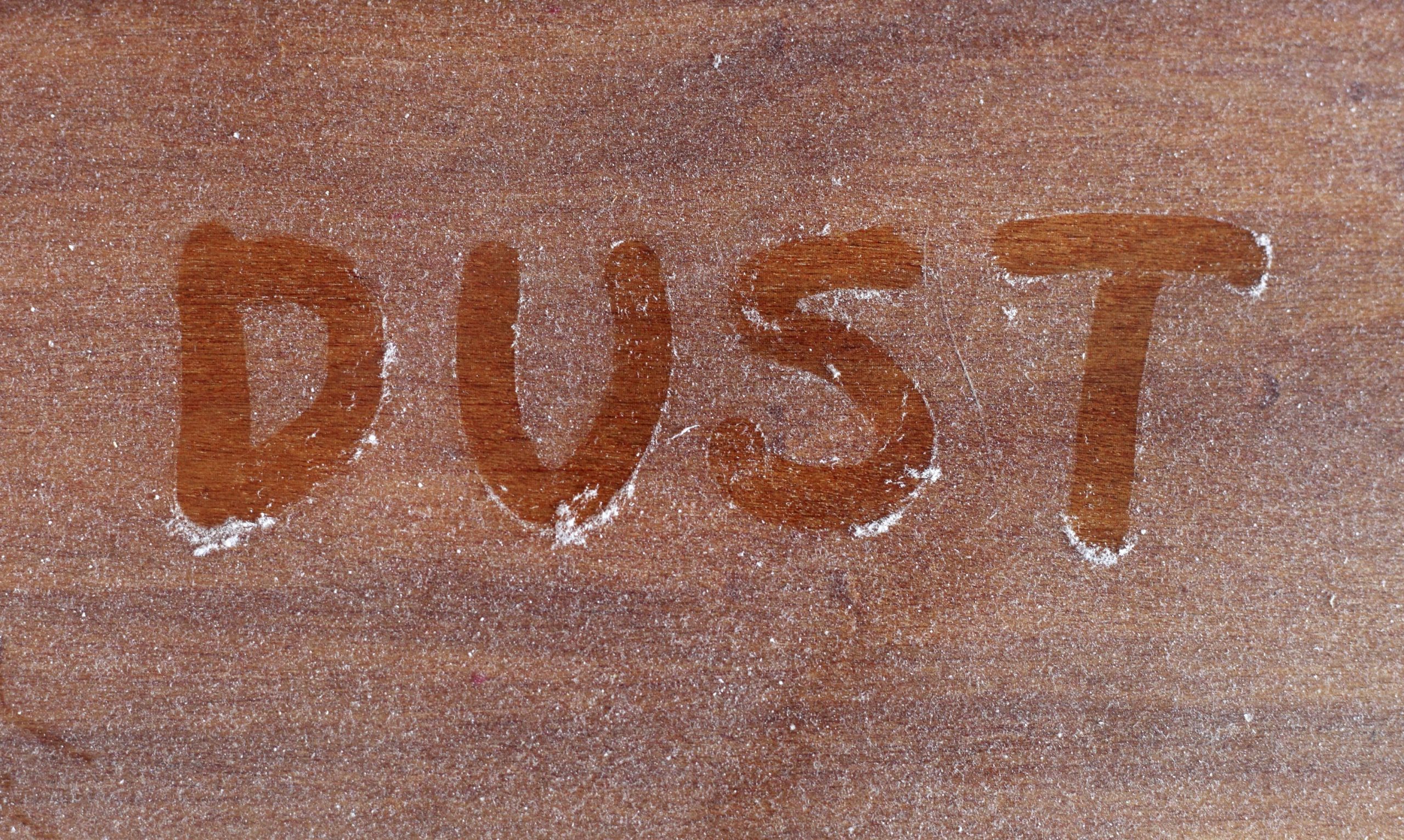
Dust represents the dispersion of solid particles in the environment. Exposure to dust in the workplace is a problem that affects many and diverse sectors (mining, smelting, quarries, textiles, bakeries, agriculture, etc.). Traditionally, pneumoconiosis (diseases from exposure to dust) have been considered occupational diseases, however today they have spread to the entire population due to the ample contamination, mainly in industrialized areas. Pneumoconiosis represent one fifth of the total number of occupational diseases in the world. There are many other cases of respiratory diseases such as asthma, chronic bronchitis, pulmonary emphysema in which occupational exposure to dust plays an important role. Another reason why dust filtering systems with vacuum are getting more attractive these days.
Depending on the type of particles, the effects of dust on health can be serious. However, there are no innocuous dusts; any exposure to dust is a risk. In general, dust causes irritation of the respiratory tract and, after repeated exposures, can lead to chronic bronchitis, other types of dust cause specific diseases (asbestos, silica, lead). To know the type of powder, sometimes, it is enough to know the composition of the material that originates it, sometimes, it is necessary to resort to the chemical analysis of air samples.
Although, no dust exposure can be described as healthy or safe, groups of experts have set technical limits. These limits determine, for different types of dust. In general, it is considered that no person should be exposed to dust (set of insoluble particles in water that do not contain asbestos and its concentration in crystalline silica is less than 1%) in higher concentrations to 10 mg / m3 of total dust (total dust = set of particles that are inspired by the whole set of suspended materials present in the air) or to 3 mg / m3 of respirable fraction (respirable fraction = part of the total dust that reaches up to the pulmonary alveoli), for 8 hours of work. For more on asbestos testing see: www.elementalasbestos.ca
Effects of dust on health
There are many specific diseases related to the different types of powders. Among the harmful effects of dust it is necessary to take into account:
Respiratory effects
Pneumoconiosis: silicosis, asbestosis, pneumoconiosis of coal miners, siderosis, aluminosis, berylliosis, etc.
Lung cancer: dust containing arsenic, chromates, nickel, asbestos, radioactive particles, etc.
Nasal cancer: wood dust in the manufacture of furniture and leather dust in footwear industries.
Respiratory irritation: tracheitis, bronchitis, pneumonitis, emphysema and pulmonary edema.
Allergy: professional asthma and extrinsic allergic alveolitis (plant dust and certain metals).
Byssinosis: lung disease caused by cotton, linen or hemp dust.
Respiratory infection: dust containing fungi, viruses or bacteria.
Intoxication: Manganese, lead or cadmium can pass into blood once inhaled as particles.
Other effects
Skin lesions: skin irritation and dermatosis (beryllium, arsenic, chromic acid, plastics, etc.).
Conjunctivitis: contact with certain powders.
Risk of explosion: organic matter and dusty solid metals, dispersed in the air in the form of a cloud, may burn.
Symptoms of lung diseases caused by dust
Listed below are the most common symptoms of lung diseases. However, each person may experience the symptoms in a different way.
• Cough
• Difficulty breathing
• Thoracic pain
• Alteration of the respiratory pattern
Diagnosis
Occupational lung diseases, like other lung diseases, usually require an initial chest x-ray for diagnosis. Tests that may be necessary to determine the type and severity of lung disease include:
Chest x-ray
A test that takes images of tissues, bones and internal organs.
Tests to measure the functioning of the lungs
These tests help measure the ability of the lungs to move the air in and out.
Bronchoscopy
This test uses a flexible tube called a bronchoscope to view the bronchi (the main airways of the lungs). Bronchoscopy helps diagnose blockages, remove tissue and / or fluid samples, and / or help remove foreign bodies. The bronchoscopy may include a biopsy or bronchoalveolar lavage.
Lung biopsy
Extract a small piece of tissue, cells or fluid from the lung so that they can be examined under a microscope.
Bronchoalveolar lavage
The extraction of cells from the lower respiratory tract to help identify inflammation and rule out certain causes.
Computed tomography (CT).
A computerized tomography (CT) scan is an imaging test that combines the use of x-rays and a computer to produce detailed images of the body. A CT scan shows details of the bones, muscles, fat, and organs. CT scans show more detail than common x-rays. They can be used to diagnose lung diseases, control the progression of the disease and evaluate the response to treatment.
Prevention
To avoid breathing problems or other problems caused by exposure to dust, hazardous substances must be replaced by non-hazardous substances. When substitution is not possible, other control engineering methods should be introduced. Some examples are:
• Aspiration of the dust produced by a system with vacuum
• Good cleaning services
• Efficient storage and transport of pollutants
• maintain good ventilation to renew the indoor air.
• vacuum the floors of the rooms.
• Install insulating windows to prevent the entrance of external dust.
